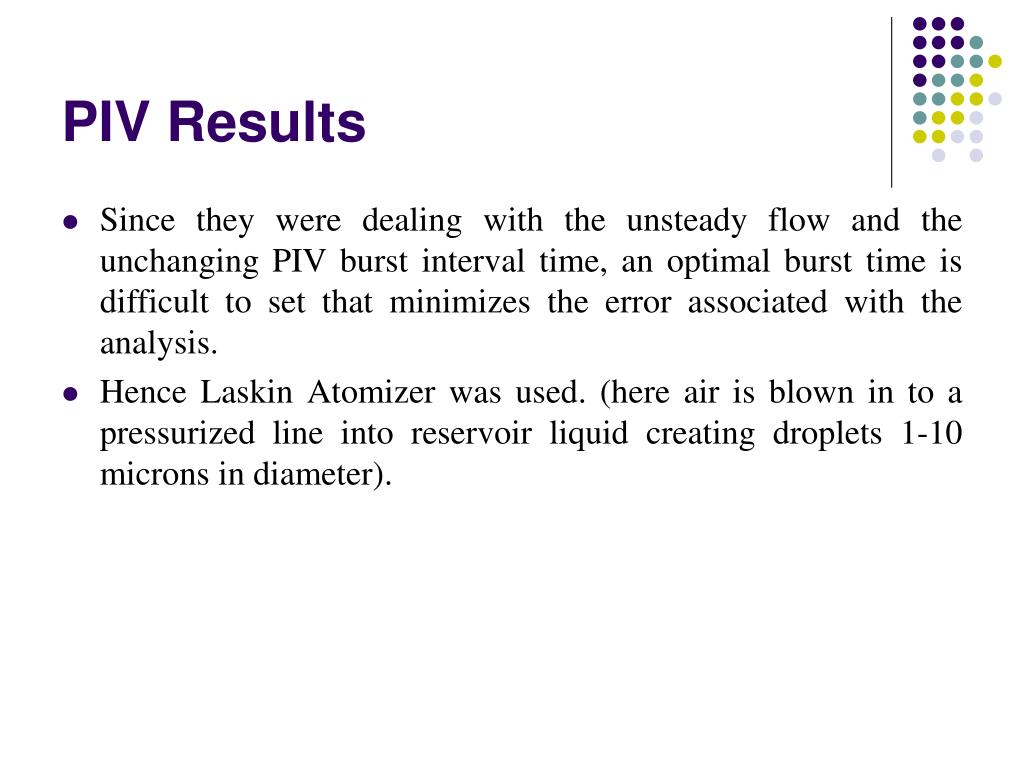

Intermittent dryer exhaust, intermittent range hood exhaust, and intermittent toilet room exhaust airflow rates above the residential dwelling or sleeping unit minimum ventilation rate are exempt from the balanced airflow calculation.Īir handler fans shall be permitted that have multi-speed or variable speed supply airflow control capability with a low speed operation not greater than 25 percent of the rated supply air flow capacity during ventilation only operation. The system shall be design and balanced to meet the pressure equalization requirements of Section 501.4. For R-2 dwelling and sleeping units, the system is required to have balanced whole house ventilation but is not required to have distributed whole house ventilation where the not distributed system coefficient from Table 403.4.3 is utilized to correct the whole house mechanical ventilation rate. The supply fan shall meet the requirements of Section 403.4.6.2. The exhaust fan shall meet the requirements of Section 403.4.6.1. The flow rate test results shall be submitted and posted in accordance with Section 403.4.6.7. The tested and balanced total mechanical exhaust airflow rate is within 10 percent or 5 cfm, whichever is greater, of the total mechanical supply airflow rate. The supply and exhaust fans shall have airflow that is within 10 percent of each other. A balanced whole house ventilation system shall include both supply and exhaust fans. The ventilation system, including transfer fan-powered terminal units shall be designed to supply the required rate of ventilation air continuously during the period the building is occupied, except as otherwise stated in other provisions of the code.Ĥ03.4.6.3 Balanced whole house ventilation system. Ventilation rates for occupancies not represented in Table 403.3.1.1 shall be those for a listed occupancy classification that is most similar in terms of occupant density, activities and building construction or shall be determined by an approved engineering analysis. The occupant load utilized for design of the ventilation system shall not be less than the number determined from the estimated maximum occupant load rate indicated in Table 403.3.1.1. Outdoor air shall be supplied directly to each occupiable space from an air handling unit through a fully ducted path or ducted to within 12 inches of the return air opening of a fan-powered terminal unit used to transfer the outdoor air to the occupiable space. In each occupiable space, the ventilation system shall be designed to deliver the required rate of outdoor airflow to the breathing zone. Ventilation systems shall be designed to have the capacity to supply the minimum outdoor airflow rate determined in accordance with this section. The general background level of airborne particles in the workplace atmosphere influences personal exposure and therefore the role of fixed-point sampling is also considered.403.3.1.1 Outdoor airflow rate. Additionally, it provides references to suitable methods of chemical analysis, specified in other standards, to determine personal exposure to specific chemical agents present in welding fume and other airborne particles generated by welding-related operations.
#Breathing zone free windows iso#
ISO 10882-1:2011 also specifies a procedure for making gravimetric measurements of personal exposure to airborne particles generated by welding and allied processes (welding fume) and other airborne particles generated by welding-related operations. It also provides details of relevant standards that specify required characteristics, performance requirements and test methods for workplace air measurement, and augments guidance provided in EN 689 on assessment strategy and measurement strategy. ISO 10882-1:2011 specifies a procedure for sampling airborne particles in the breathing zone of a person who performs welding and allied processes (the operator).


 0 kommentar(er)
0 kommentar(er)
